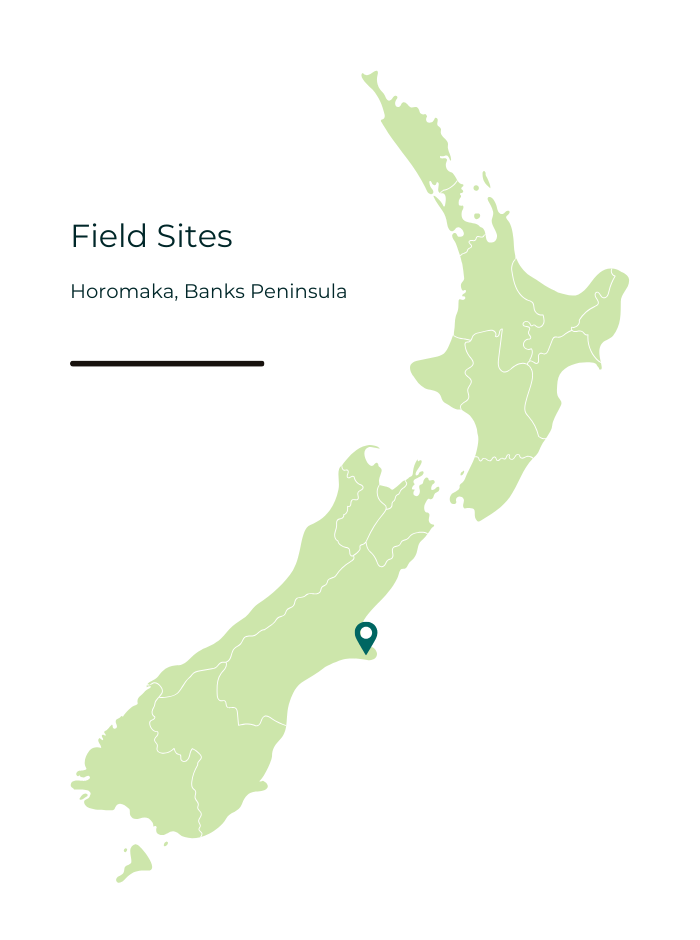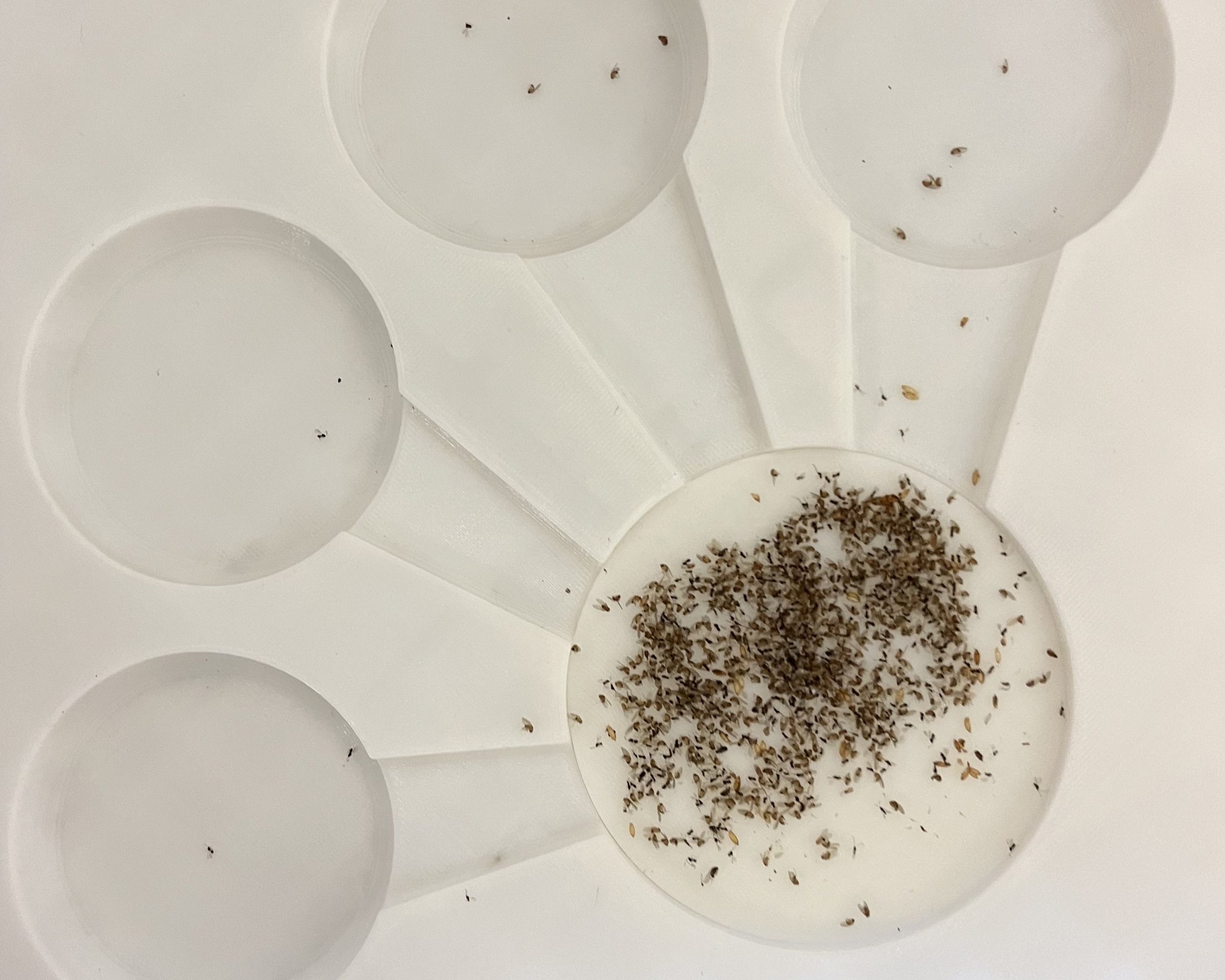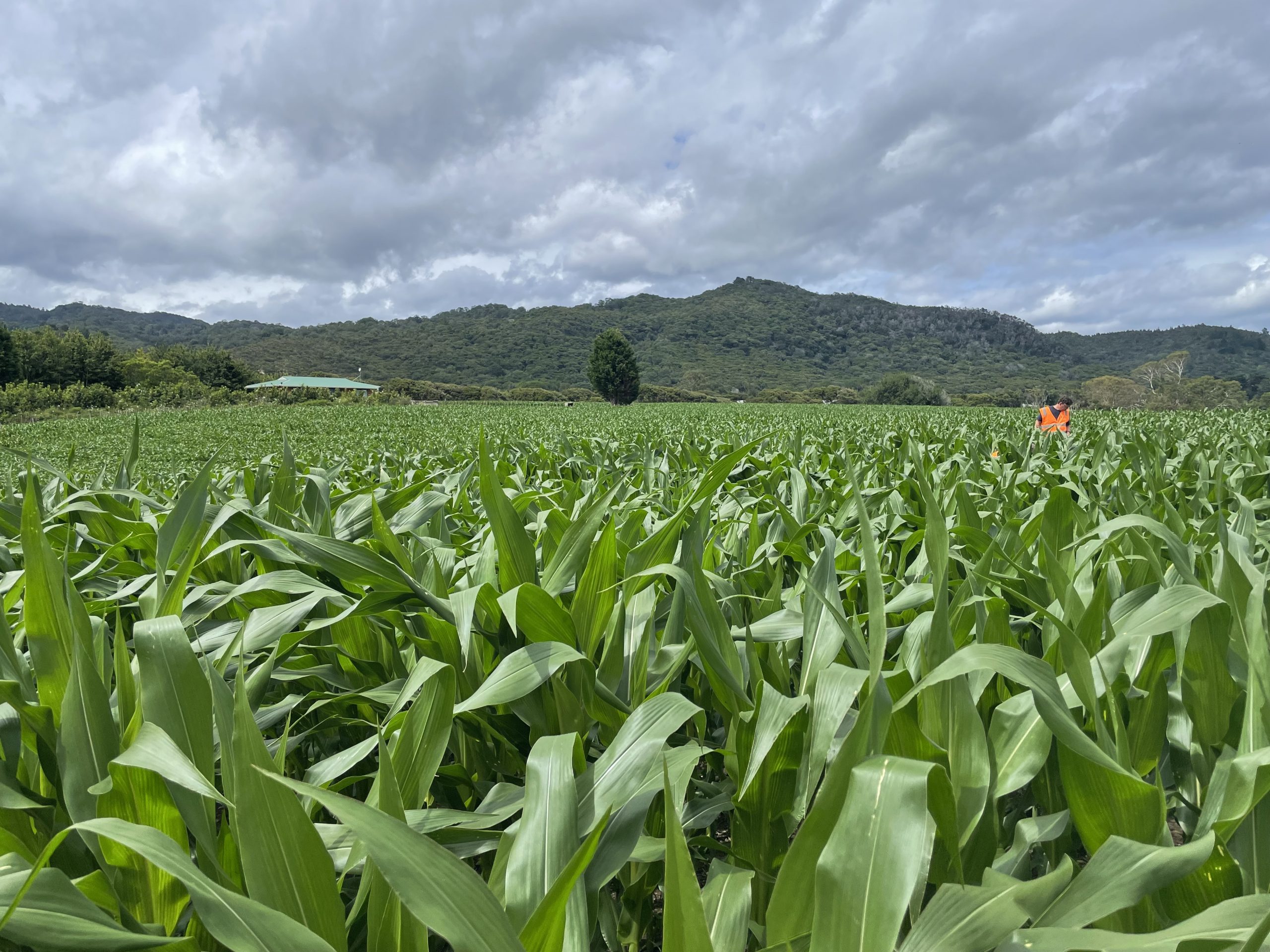Project Details
Project Overview
This project involves surveying the number of ground-dwelling arthropods such as beetles and spiders that live within native forest fragments and managed grassland habitats on Banks Peninsula. Sites where arthropods were collected varied in mean annual temperature by selecting sites at different elevations. Through this field study, the objective is to understand how their movement and predation between these habitats varies with climate.
Arthropods were collected using pitfall traps (containers dug into the ground) at multiple distances into the natural forest and grassland to measure the extent of arthropod spillover. Concurrently, sentinel prey were placed in the habitats to measure predation pressure as an experimental way to quantify potential pest suppression.
Using results from this field study, we can compare the local patterns of arthropod spillover to a global analysis of arthropod spillover across a latitudinal gradient. Understanding how arthropod movement and predation pressure changes with temperature can help to understand how beneficial pest control from arthropods may change into the future with global climate warming.
Why This Matters
Arthropod pests present an economic challenge in Aotearoa. Pests can cause crop damage and induce pathogens and disease to spread within our agricultural sector. This can result in reduced food security for the growing human population. Arthropod predators can serve as biocontrol agents to suppress arthropod pest species reducing their negative effects.
Understanding the spillover of ground-dwelling species for pest control has become of interest to utilise their beneficial services, which also incentivise the conservation of native habitat fragments on farms. This can help us to understand nature’s contributions to people through pest suppression alongside protecting biodiversity on farmland.
Arthropods are ectothermic (‘cold-blooded’); this means they rely on external temperatures to regulate their metabolism. As a result of climate change, global temperatures are predicted to increase which can result in the increase in pests and their movement which could further their impact on our agricultural landscapes. However, temperature may also increase the movement of pest-controlling arthropods (predators) allowing them to move further into managed areas to suppress prey. Understanding whether climate plays a role in arthropod predator movement is crucial for implementing management of agricultural areas and their natural forest fragments.
This project addresses these critical knowledge gaps, aiming to provide insights that inform future pest control strategies and enabling the conservation of native forest fragments.
Project Objectives
- Is there greater movement of arthropods in warmer climates because they are ectothermic and experience increasing metabolism and foraging activity?
- Is arthropod dispersal driven by habitat complexity (e.g. high abundance of predators in diverse native habitats), compared with adjacent grassland landscapes. As a result, does this facilitate the spillover of arthropods into grassland habitats?
- Does predation pressure and arthropod movement occur the most in areas where there is high primary productivity and high temperature (i.e. is the effect of habitat moderated by temperature)?
Related Information
1.1 Ecosystem Health
Understanding the drivers of plant health
1.2 Interconnected Properties
Eco-Evo Dynamics of a pest-parasitoid community
1.2 Interconnected Properties







